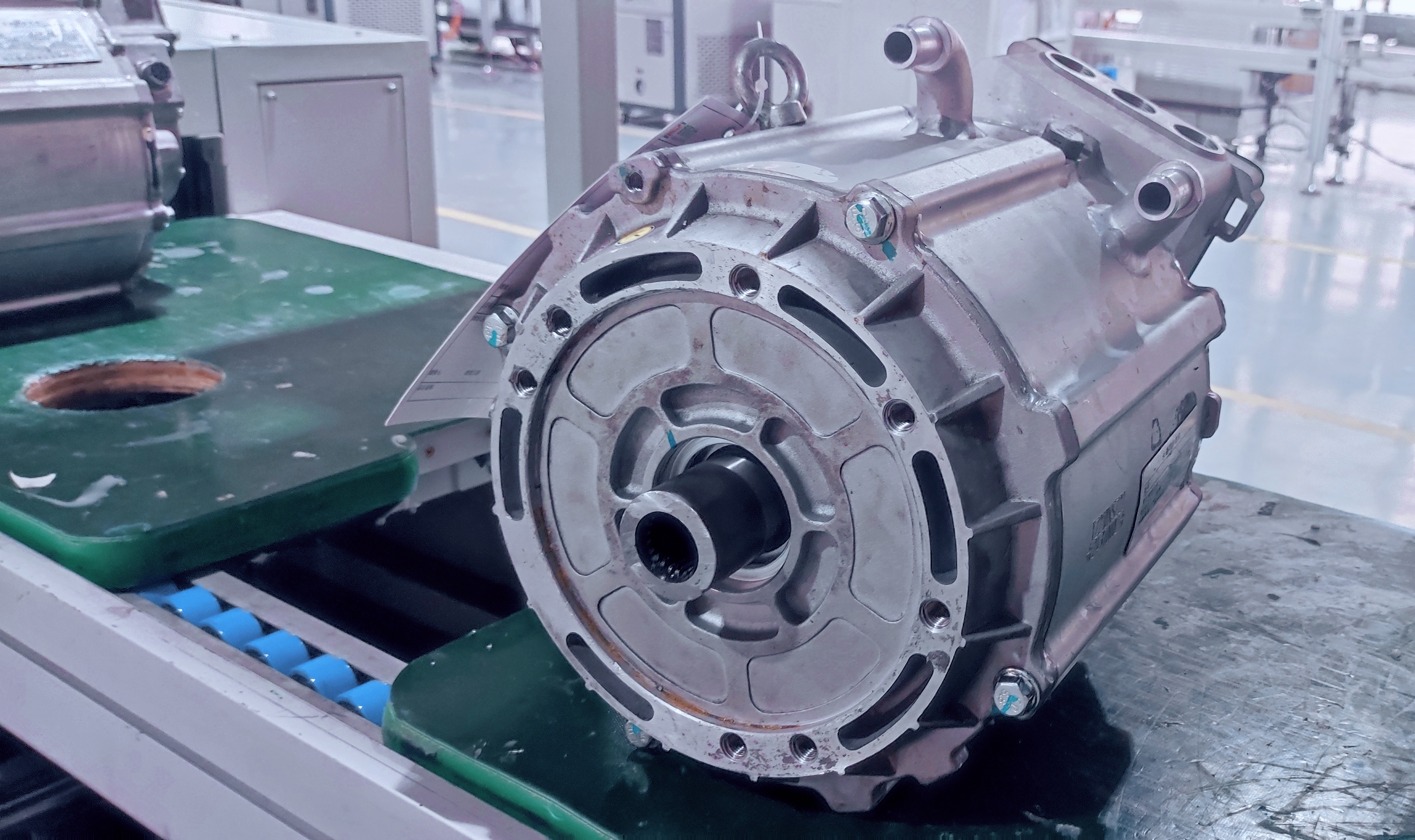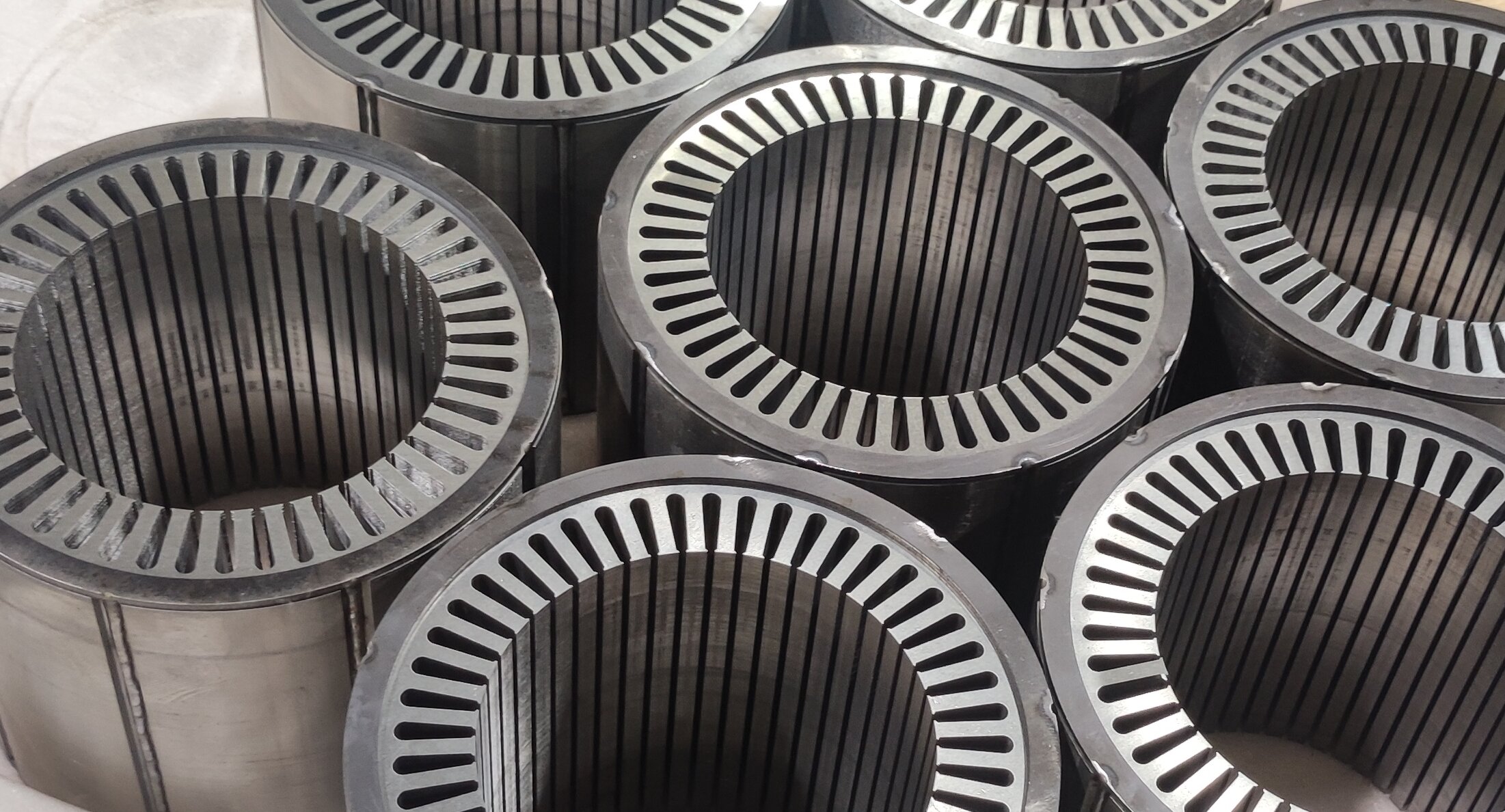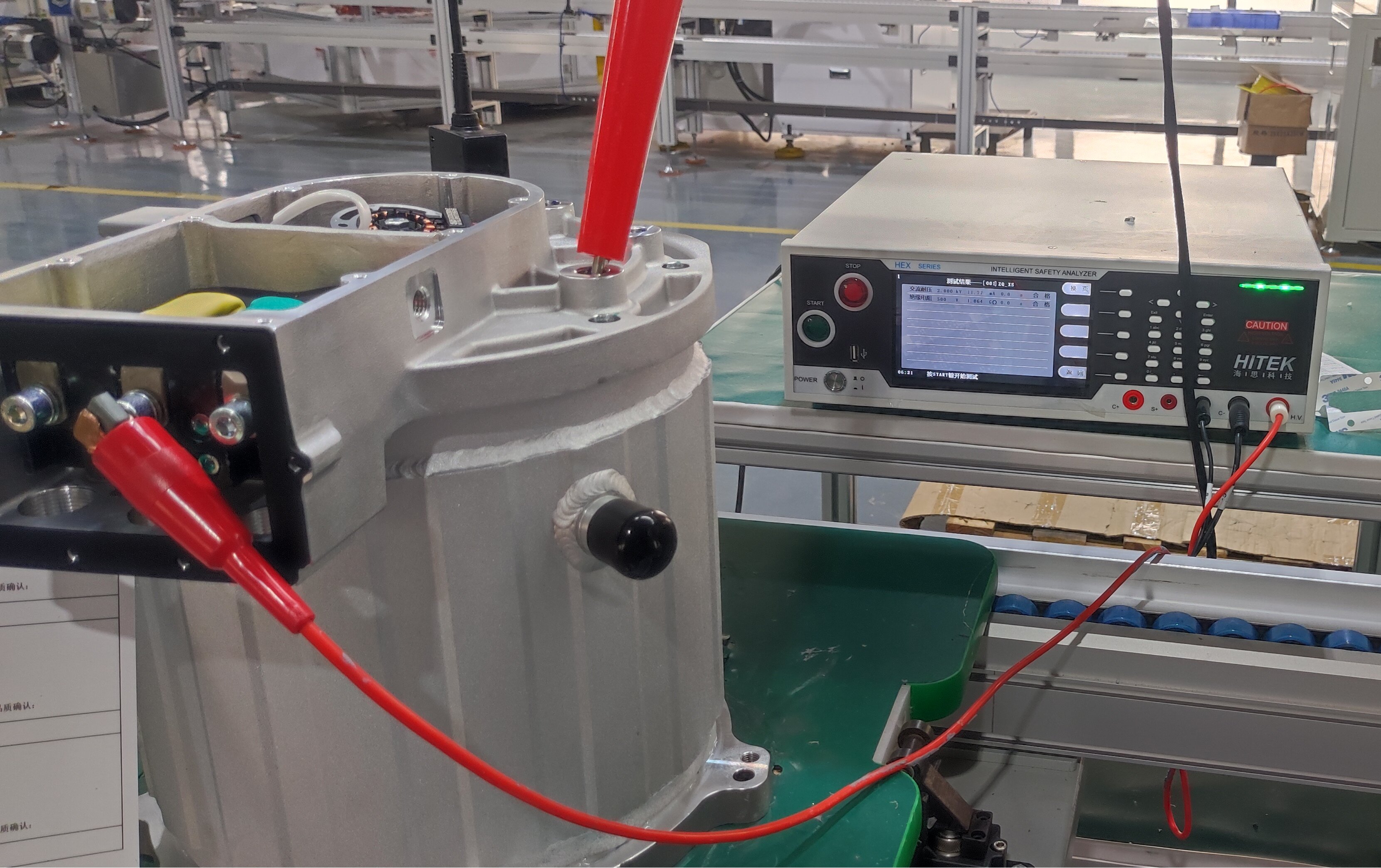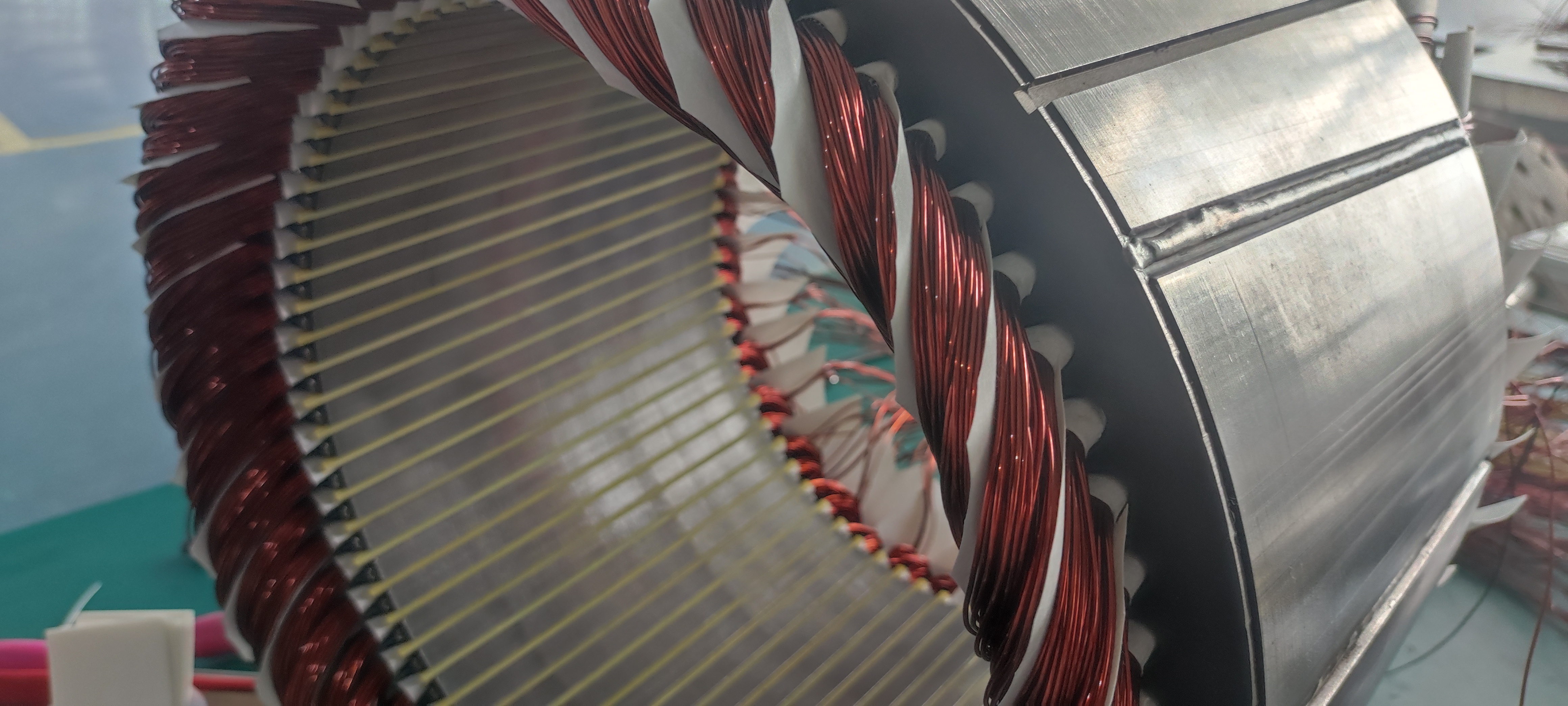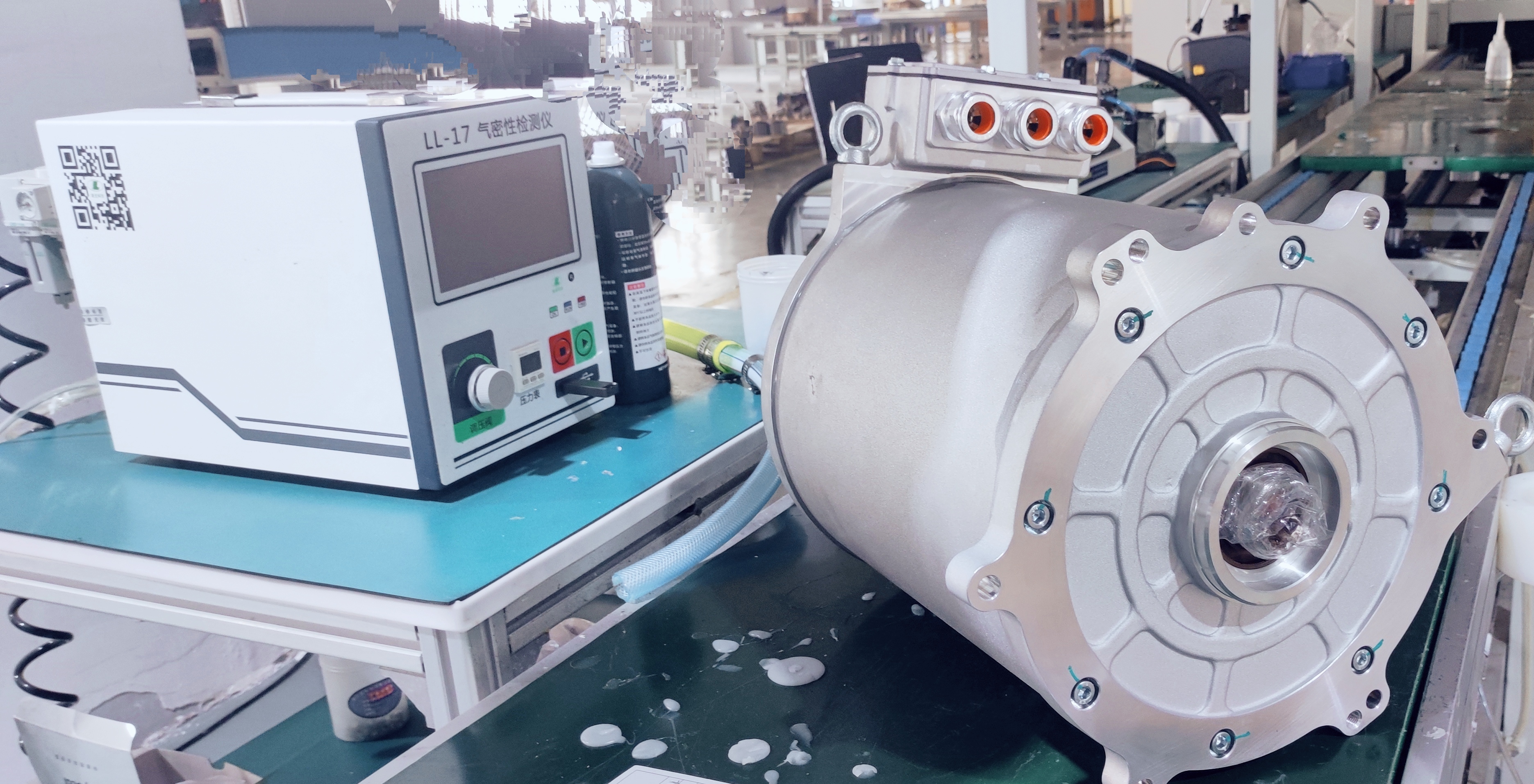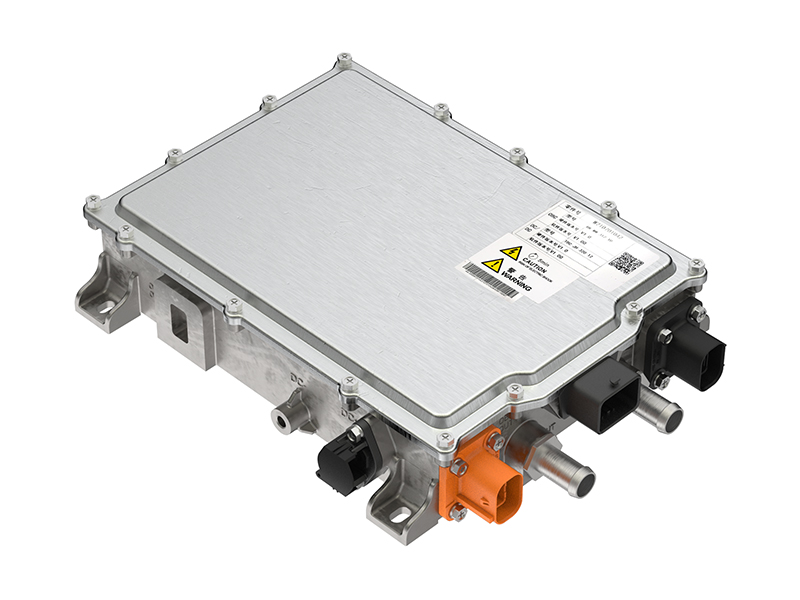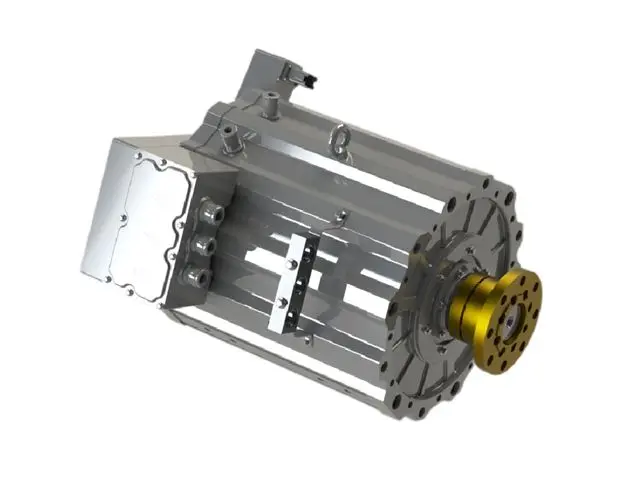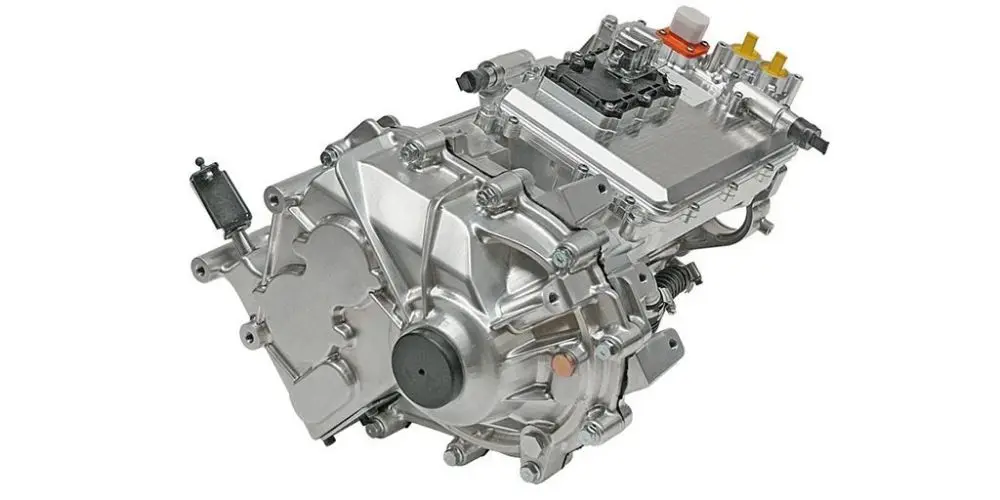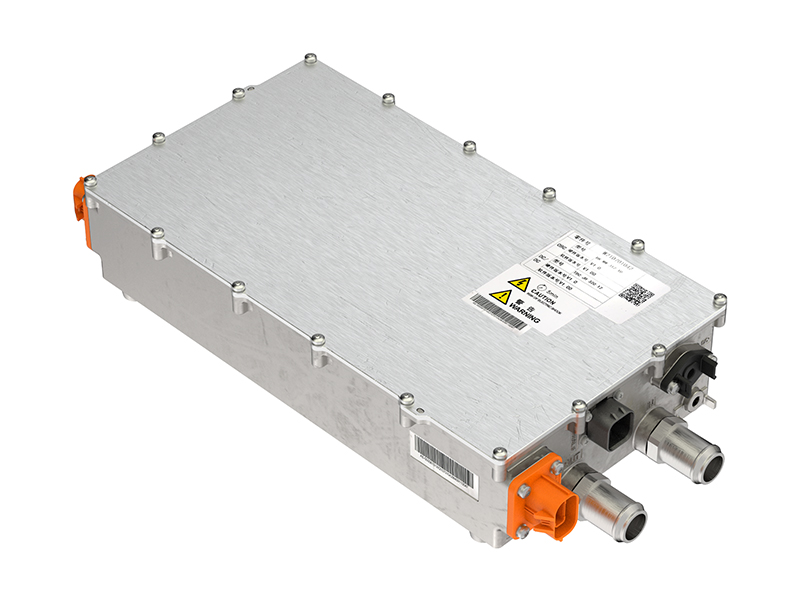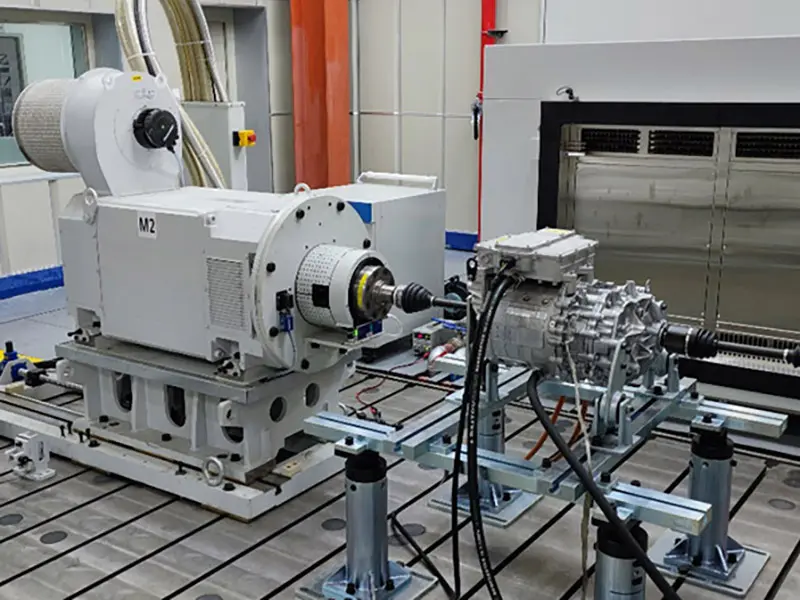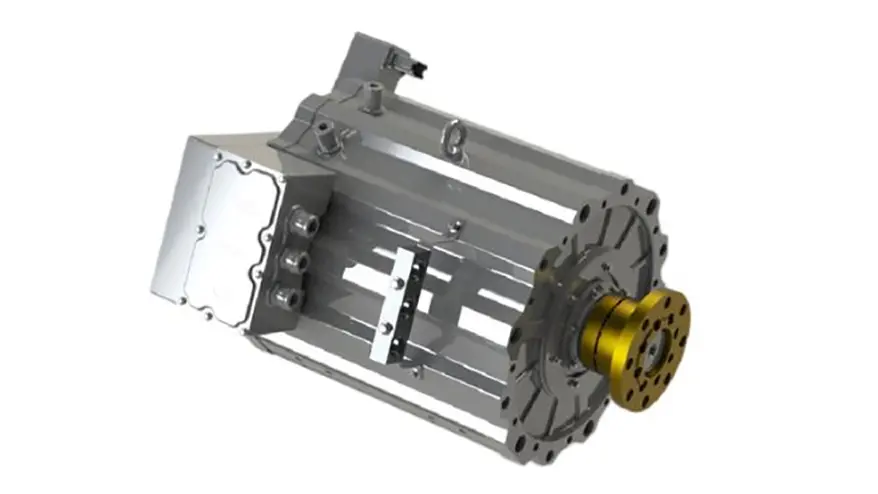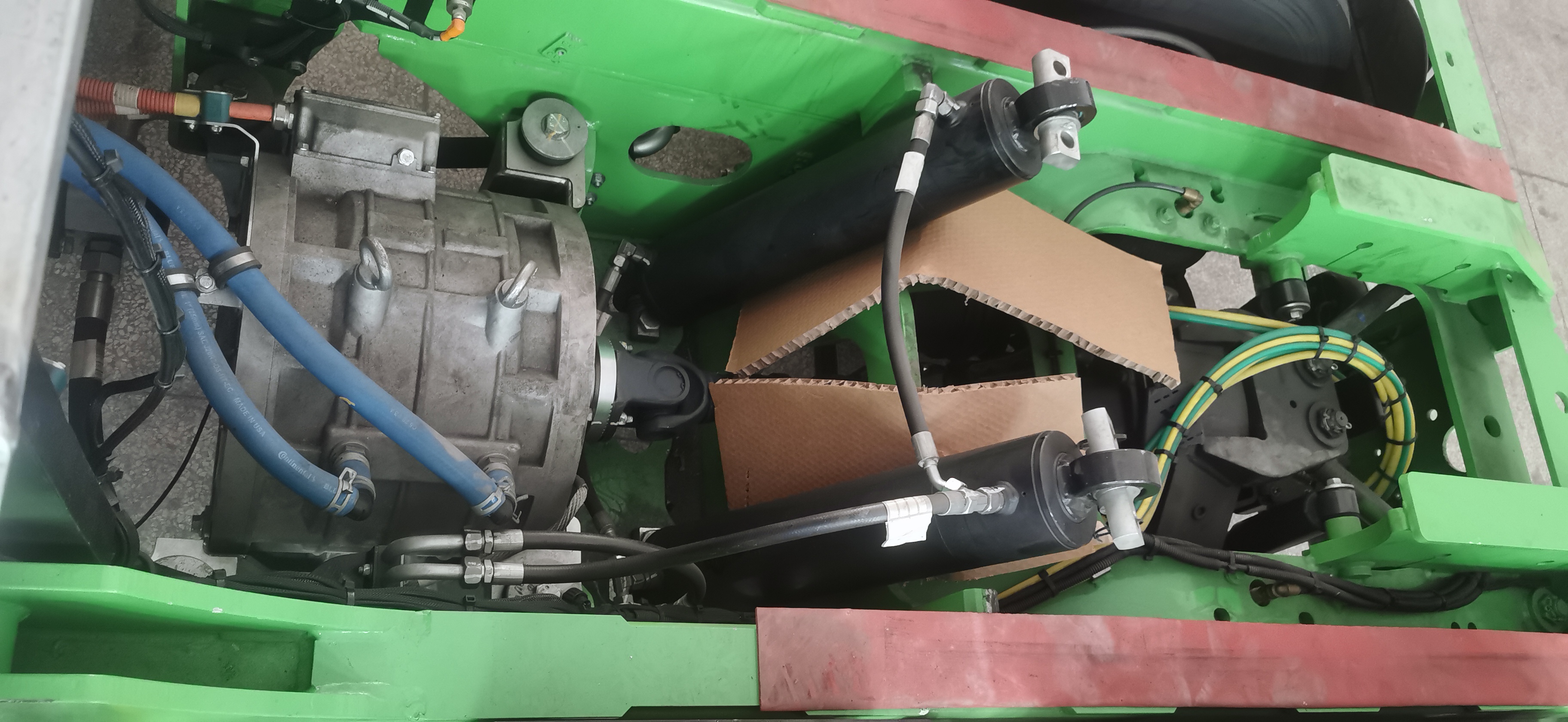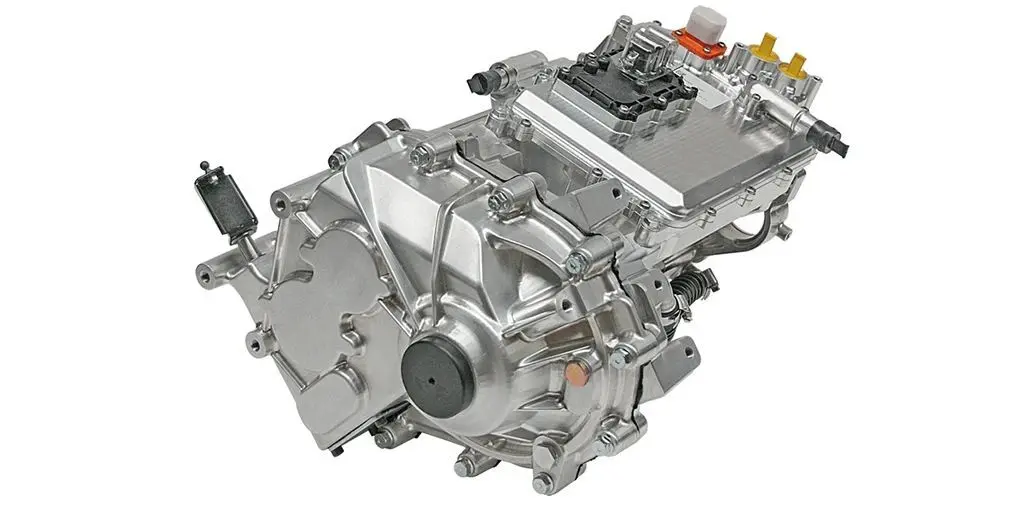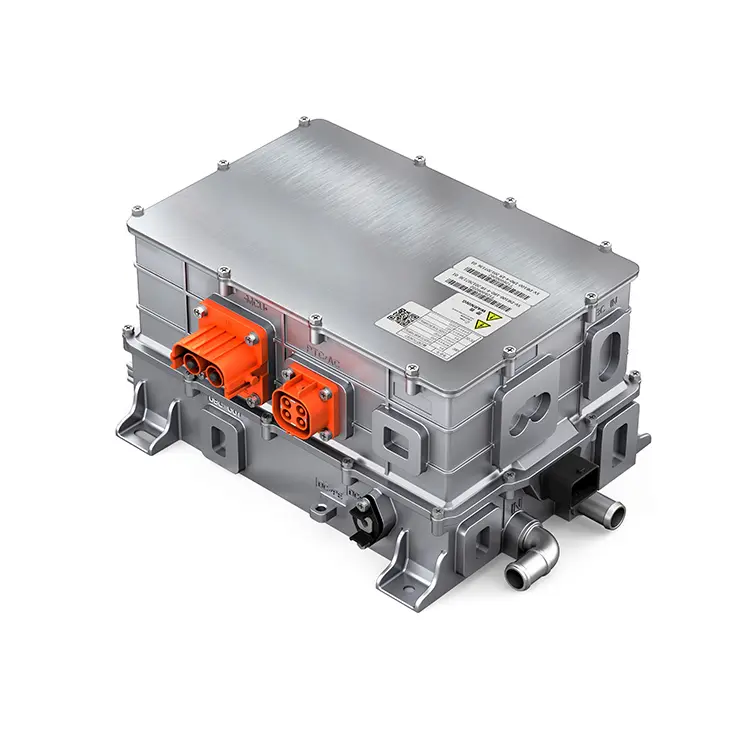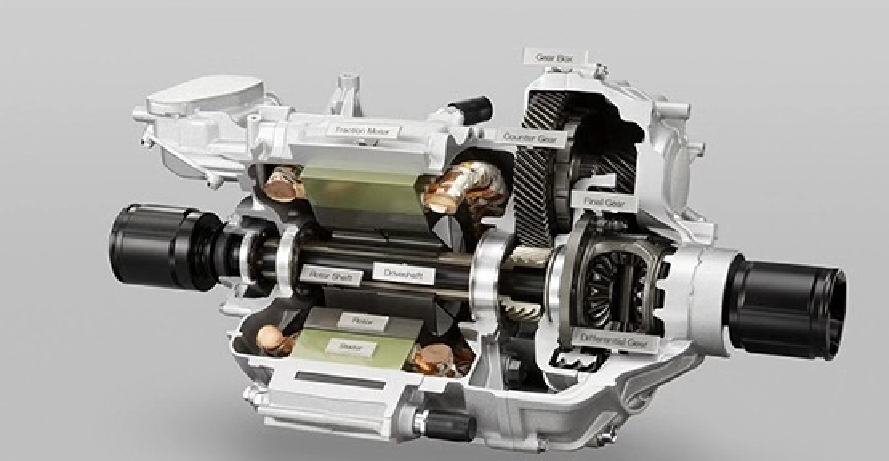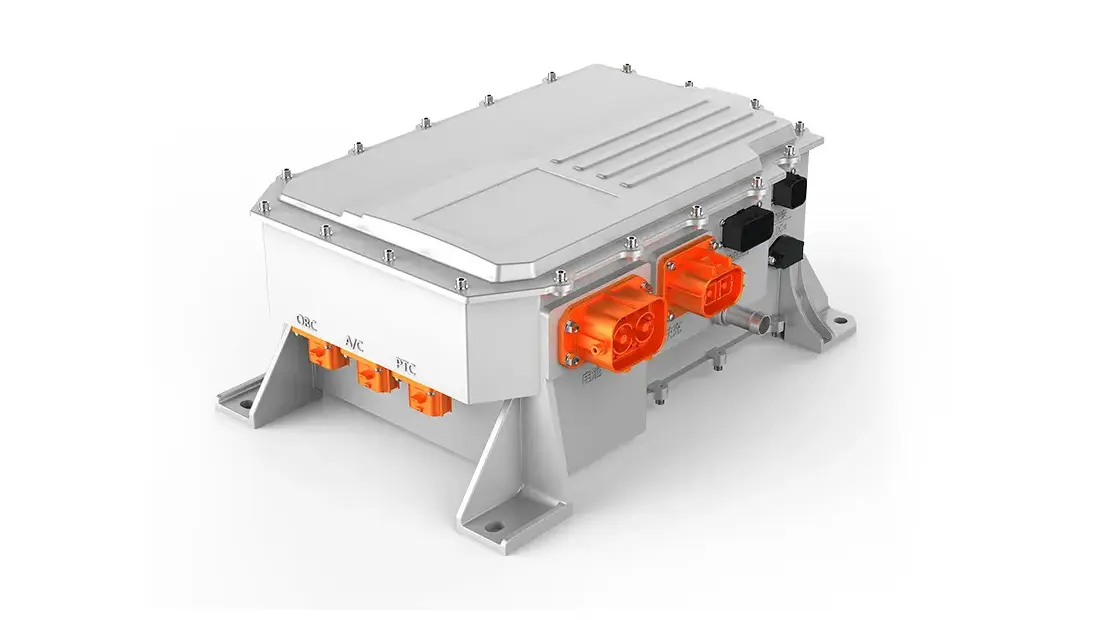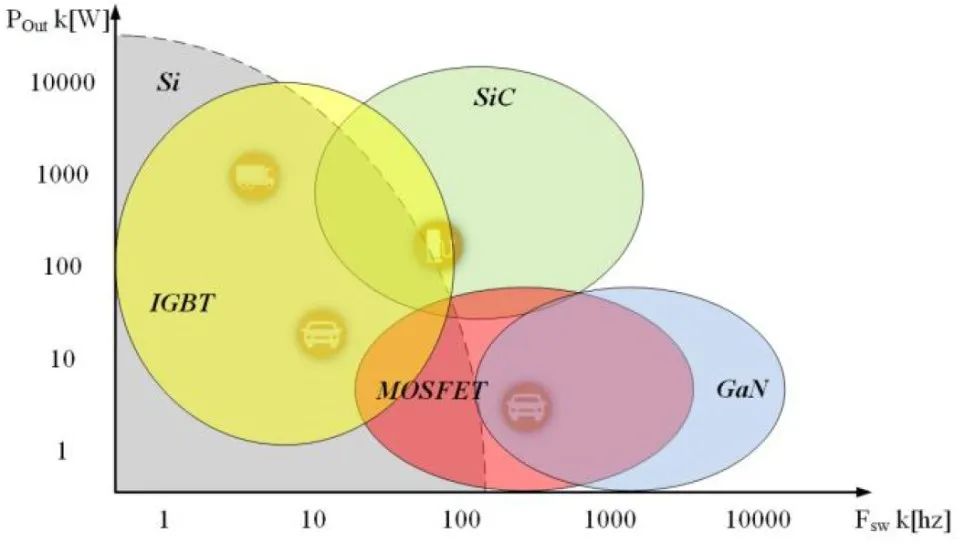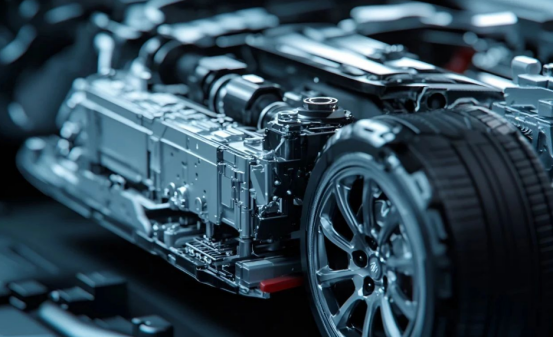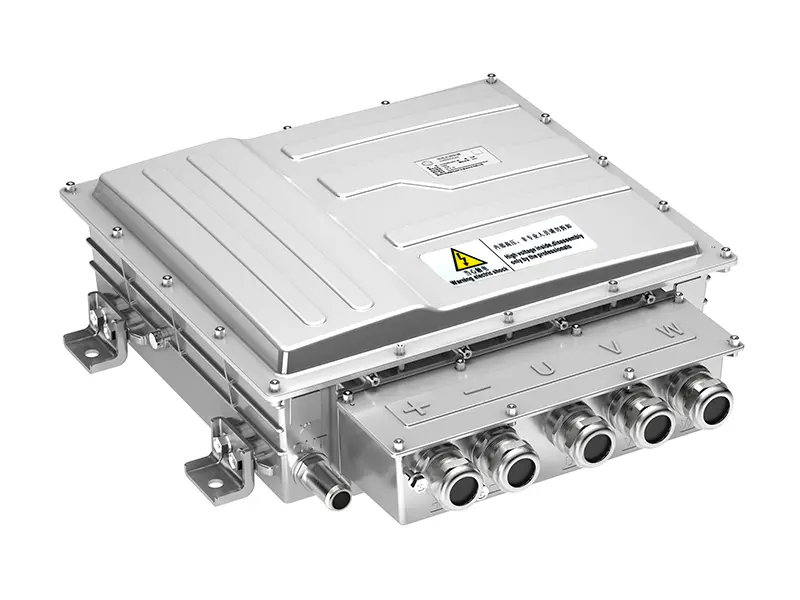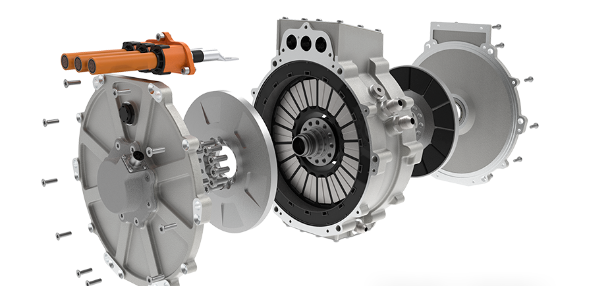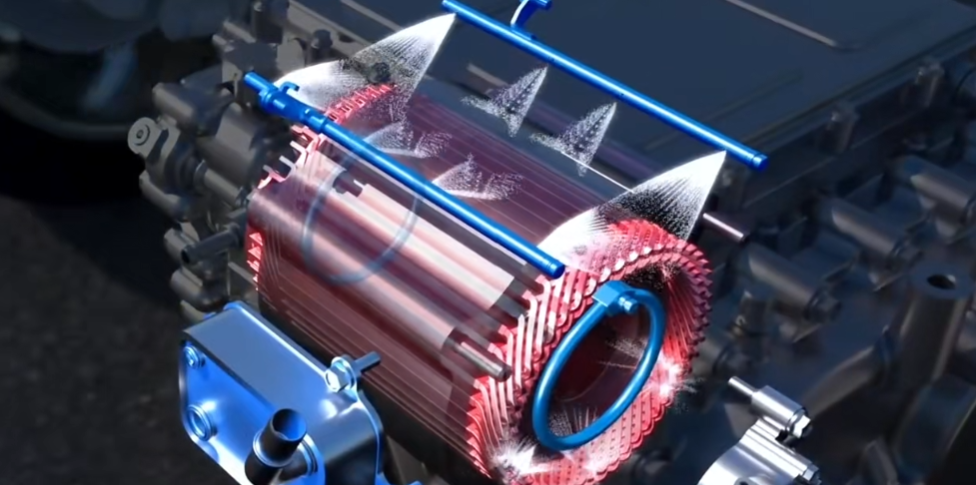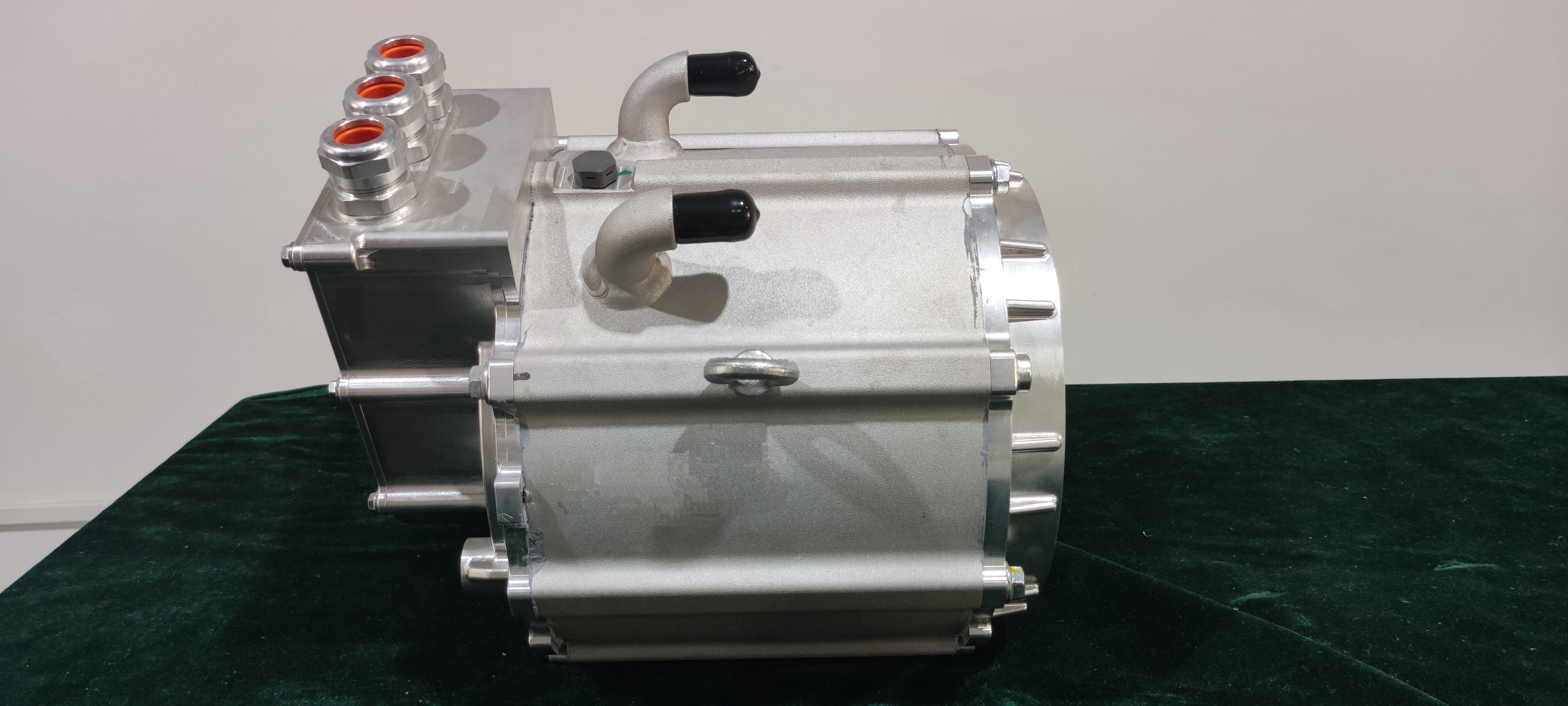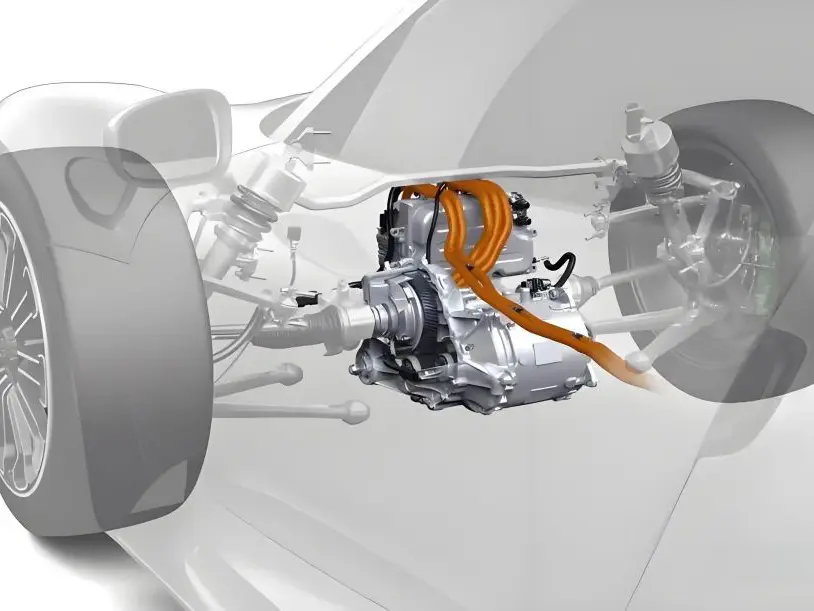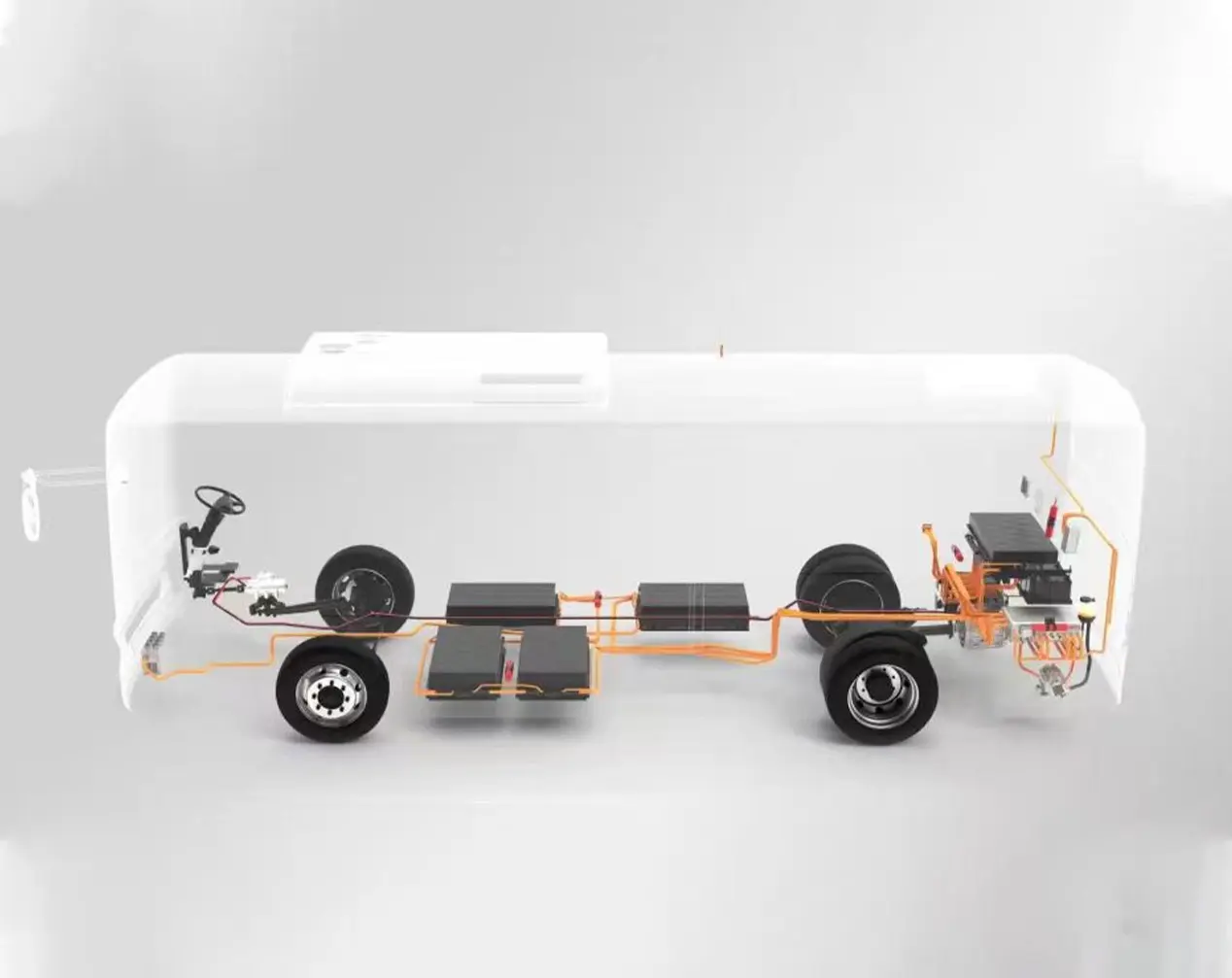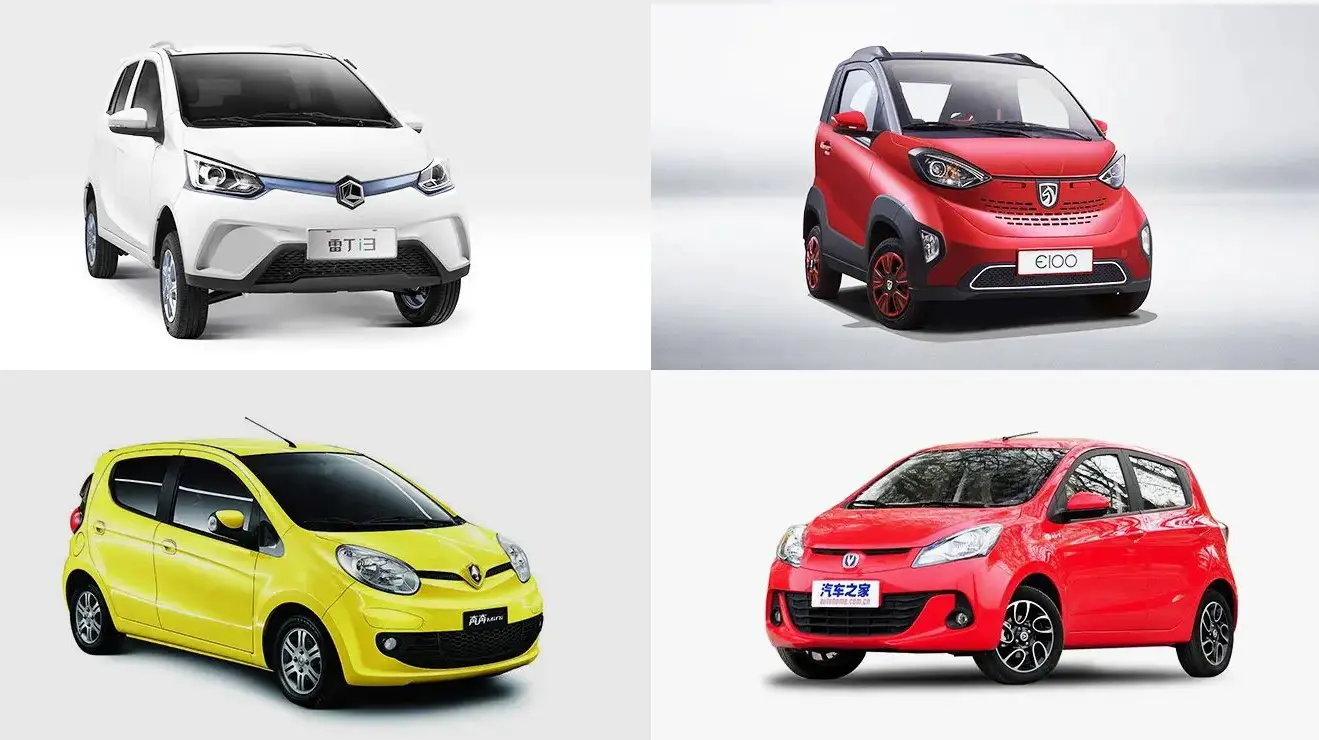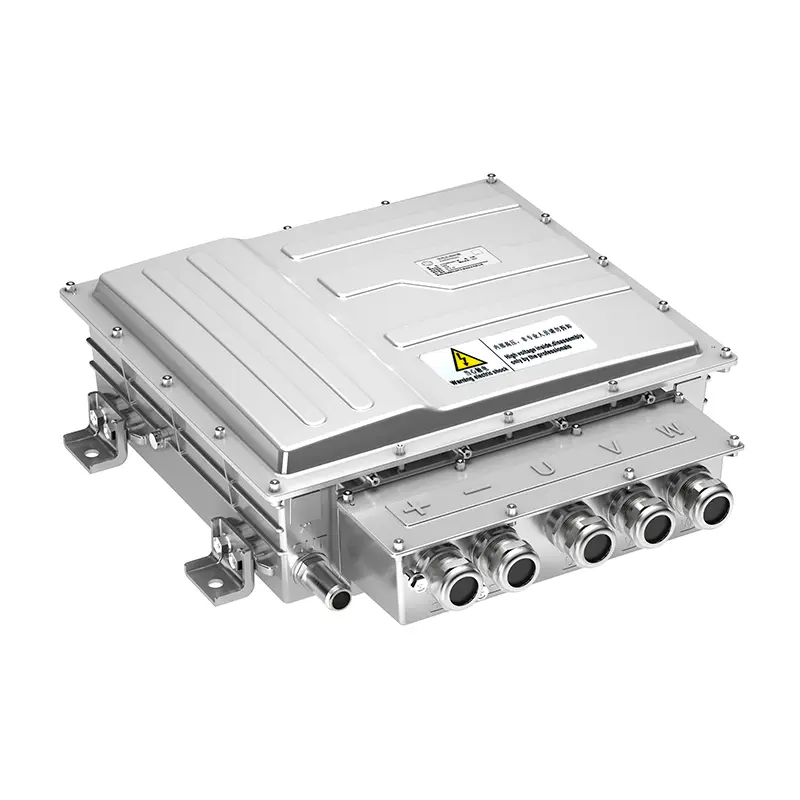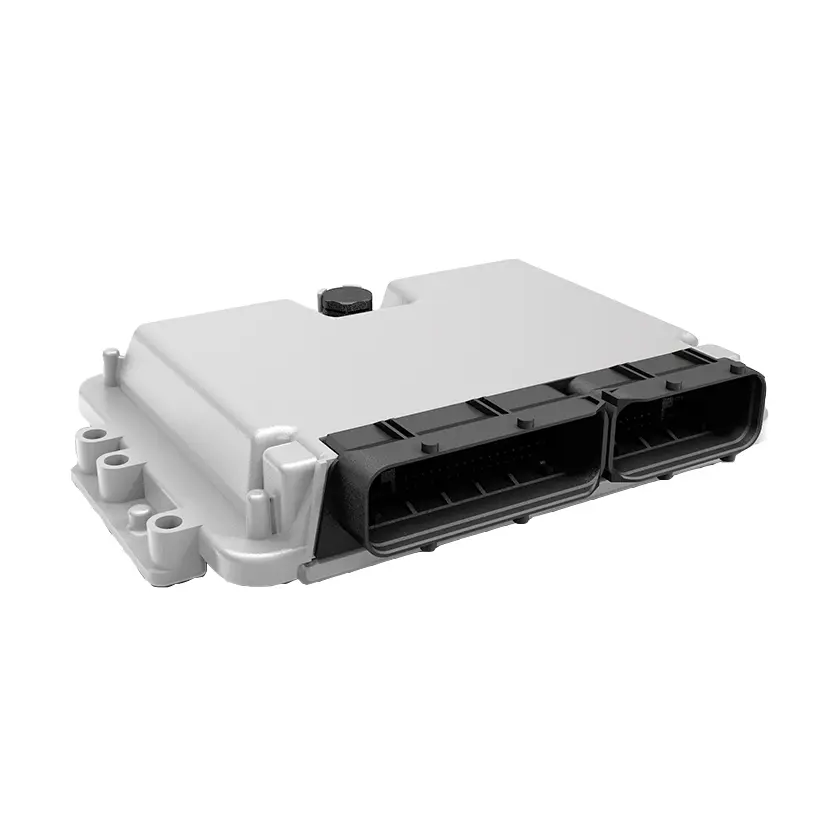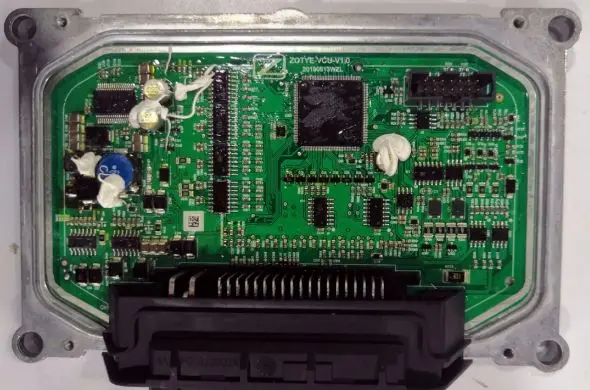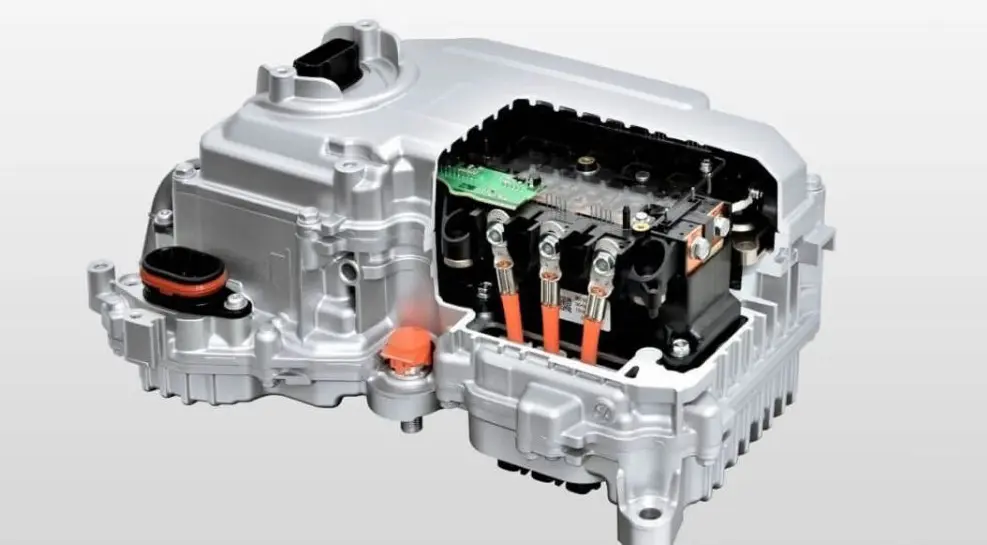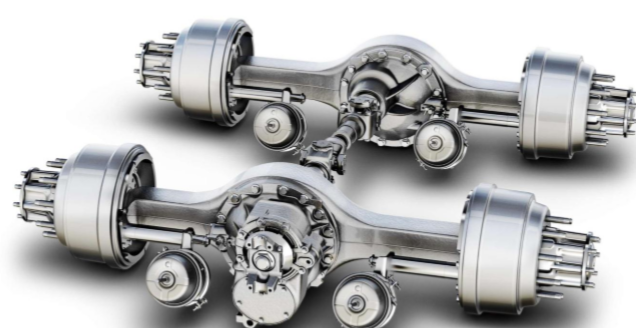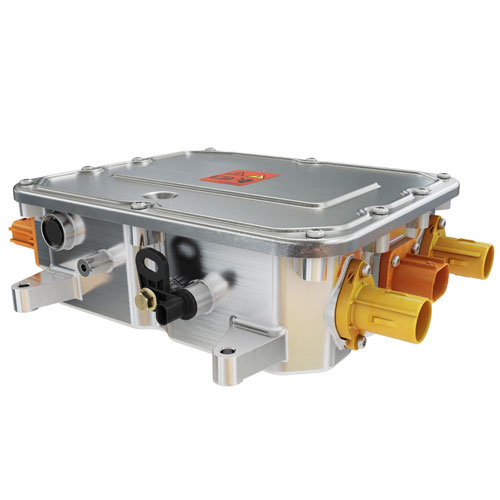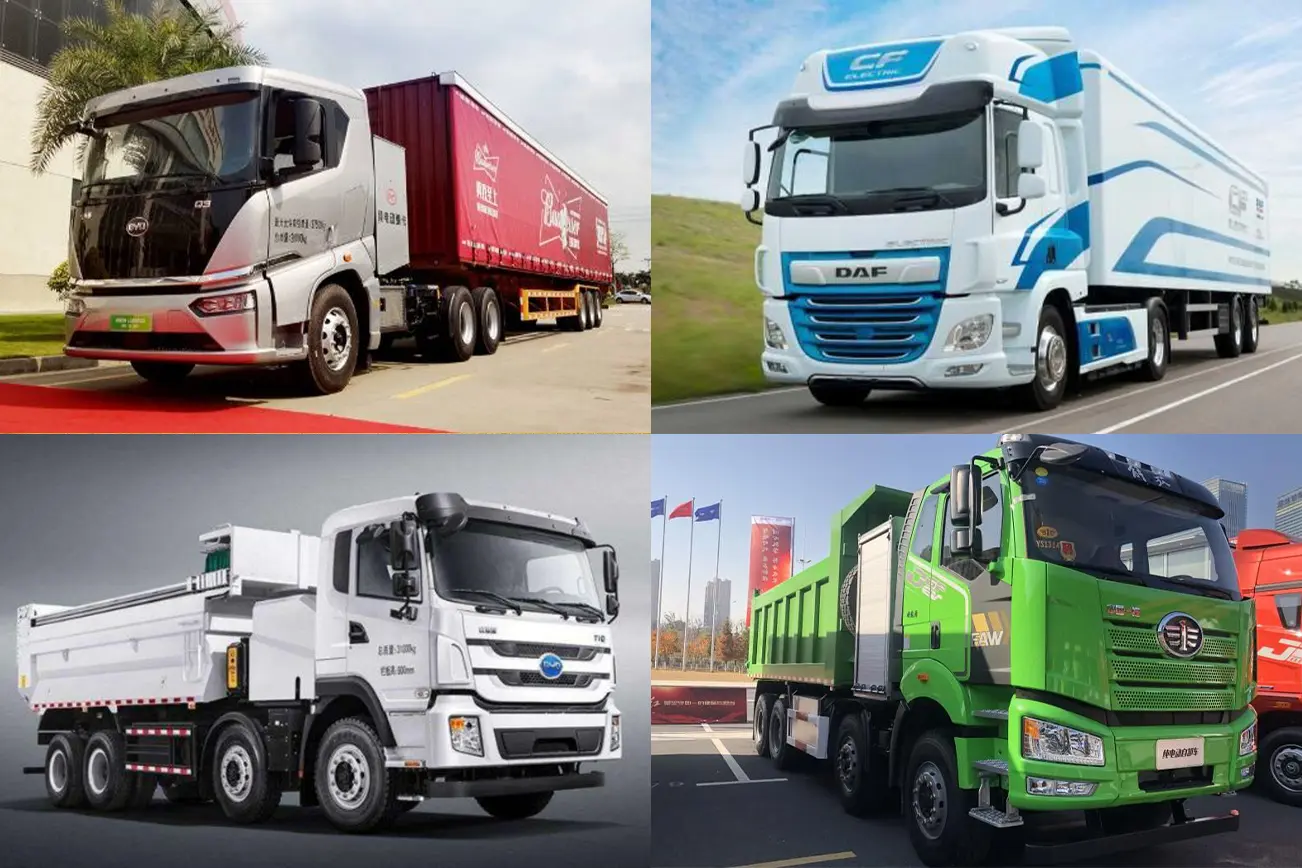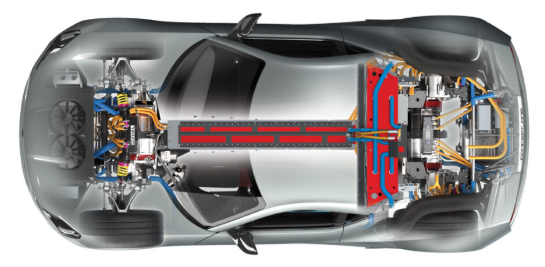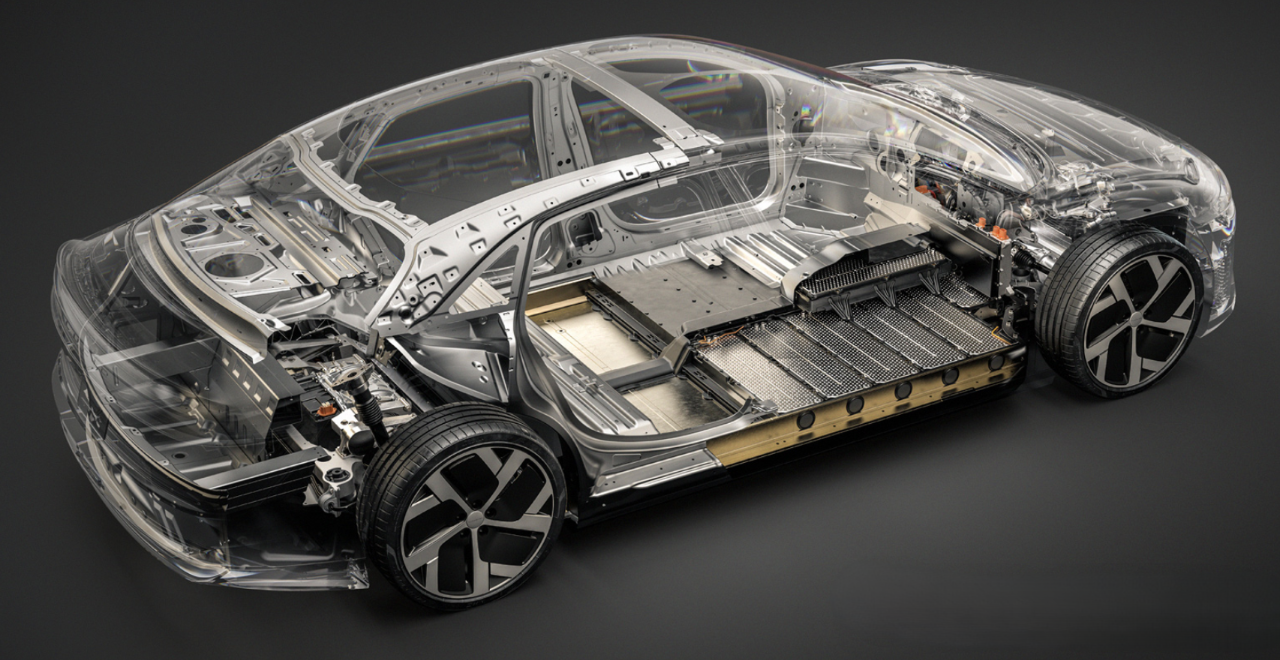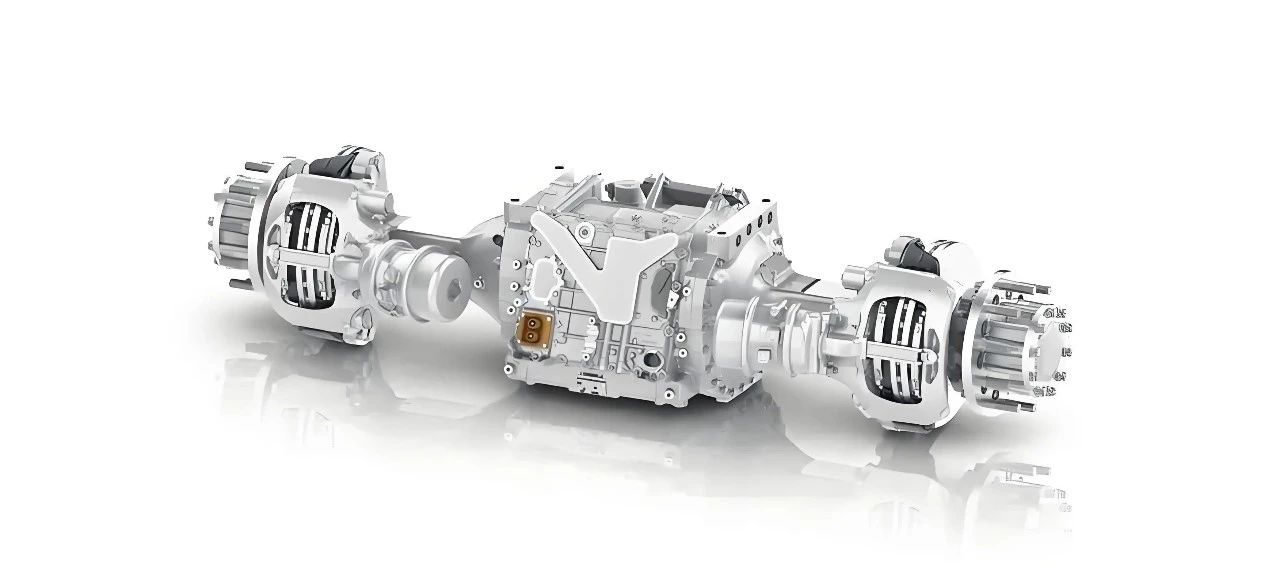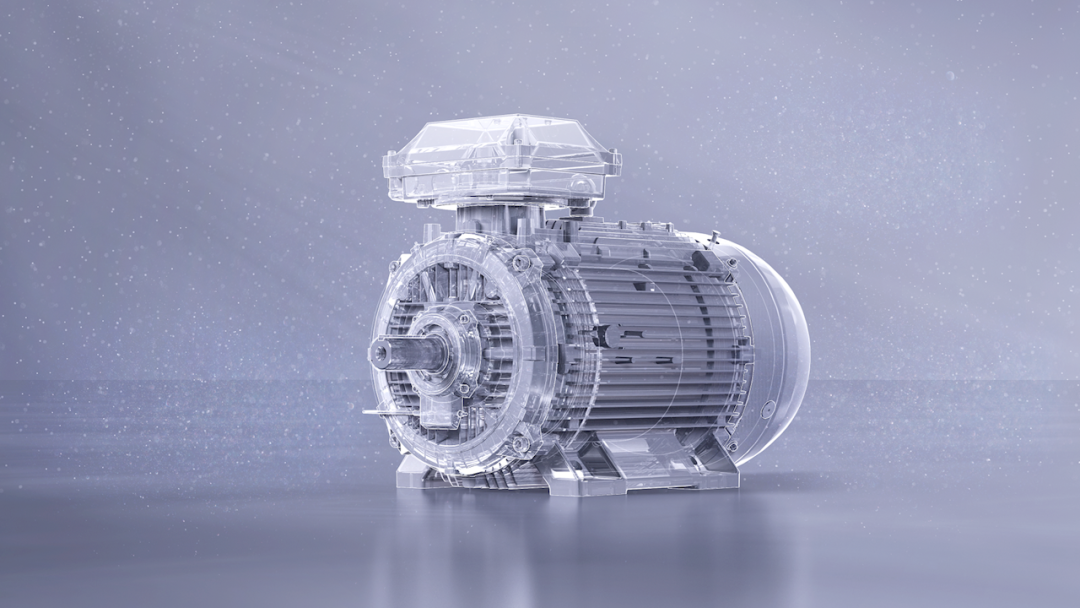Why is PMSM Used in Electric Vehicles? The Definitive Guide to Permanent Magnet Synchronous Motors in EVs
Explore why PMSM motor for car dominates electric vehicle powertrains. Uncover its efficiency, power density, and real-world advantages over alternatives like induction motors.
As the global electric vehicle (EV) market surges—with projections hitting 200 million units by 2030—engineers and automakers continue to prioritize one critical component: the electric motor. Among all options, the Permanent Magnet Synchronous Motor (PMSM) has emerged as the gold standard for EV powertrains. But what makes it irreplaceable? This article breaks down the technical and practical reasons why PMSM motor for car is the go-to choice, backed by data, comparisons, and industry trends.
What Is a PMSM Motor? A Quick Refresher
Before diving into its EV applications, let’s clarify: A PMSM is a brushless AC motor that uses permanent magnets (typically neodymium or samarium-cobalt) embedded in its rotor. Unlike induction motors (IMs), which rely on electromagnetic induction to generate rotor currents, PMSMs synchronize rotor speed with the stator’s rotating magnetic field—enabling precise control and superior efficiency.
5 Key Reasons PMSM Motor for Car Leads EV Powertrains
1. Unmatched Efficiency: Critical for Range Anxiety
EV range is a top consumer concern, and PMSMs directly address this. Thanks to their permanent magnet rotor design:
· Peak efficiency exceeds 95% (vs. ~92% for induction motors), reducing energy loss during operation.
· They maintain high efficiency across a broader speed range (especially at partial loads), where most daily driving occurs.
For example, Tesla’s Model 3 Long Range variant uses a PMSM-driven permanent magnet reluctance motor (PRM) hybrid system, achieving up to 513 km (WLTP) range—partly due to the PMSM’s low-loss operation.
2. High Power Density: Smaller, Lighter, More Powerful
EV designers face a constant trade-off: maximizing power while minimizing weight and space. PMSMs excel here:
· Permanent magnets eliminate the need for bulky copper windings in the rotor, reducing rotor size and weight.
· Power density (power output per unit mass) is 2–3x higher than induction motors, allowing compact motors to deliver 200+ kW (270+ hp)—ideal for performance EVs like Porsche’s Taycan.
This compactness frees up space for batteries or passenger cabins, a key selling point for modern EVs.
3. Superior Control Precision: Smooth Performance & Drivability
EVs demand responsive acceleration, quiet operation, and precise torque control. PMSMs deliver:
· Zero rotor slip ensures synchronous rotation, enabling millisecond-level torque adjustments via vector control (FOC).
· Reduced torque ripple (vibration) translates to smoother acceleration and quieter rides—critical for premium EVs targeting luxury markets.
BMW’s i4, for instance, leverages PMSM technology to achieve “one-pedal driving” precision, enhancing driver comfort.
4. Thermal Stability: Reliability in All Conditions
EV motors operate in extreme temperatures (-40°C to 85°C) and must withstand repeated acceleration/deceleration cycles. PMSMs outperform alternatives:
· Permanent magnets maintain magnetization stability across temperature ranges (with proper coating), avoiding demagnetization risks seen in some high-power IMs.
· Lower rotor losses reduce heat generation, simplifying cooling system design and cutting costs.
5. Compatibility with Advanced Technologies
Modern EVs integrate regenerative braking, over-the-air (OTA) updates, and smart torque vectoring. PMSMs are inherently compatible:
· Their high efficiency in reverse operation boosts regenerative braking efficiency (recovering up to 20% more energy than IMs).
· Sensorless control algorithms (common in PMSMs) enable cost-effective, maintenance-free operation—key for scalable EV production.
Real-World Adoption: PMSM in Leading EVs
· Tesla Model S/X Plaid: Dual permanent magnet motors (front: induction, rear: PMSM) for balanced power and efficiency.
· Hyundai Ioniq 6: Rear-wheel-drive PMSM delivers 225 kW (302 hp) with 582 km range (WLTP).
· Rivian R1T: Four independent PMSMs (one per wheel) enabling torque vectoring for off-road agility.
The Future: PMSM Motor for Car Will Dominate EVs
As automakers chase longer ranges, faster charging, and lower costs, PMSMs will remain central. Innovations like segmented magnets (reducing rare-earth dependency) and silicon carbide (SiC) inverters (boosting efficiency further) will only strengthen their position.
Conclusion
The dominance of PMSM motor for car in EVs isn’t accidental—it’s a result of unmatched efficiency, power density, and control precision. For automakers, choosing PMSM means delivering the range, performance, and reliability that define today’s EVs. For consumers, it translates to longer drives, smoother rides, and lower operating costs. As the EV revolution accelerates, PMSMs will remain the unsung hero under the hood.









